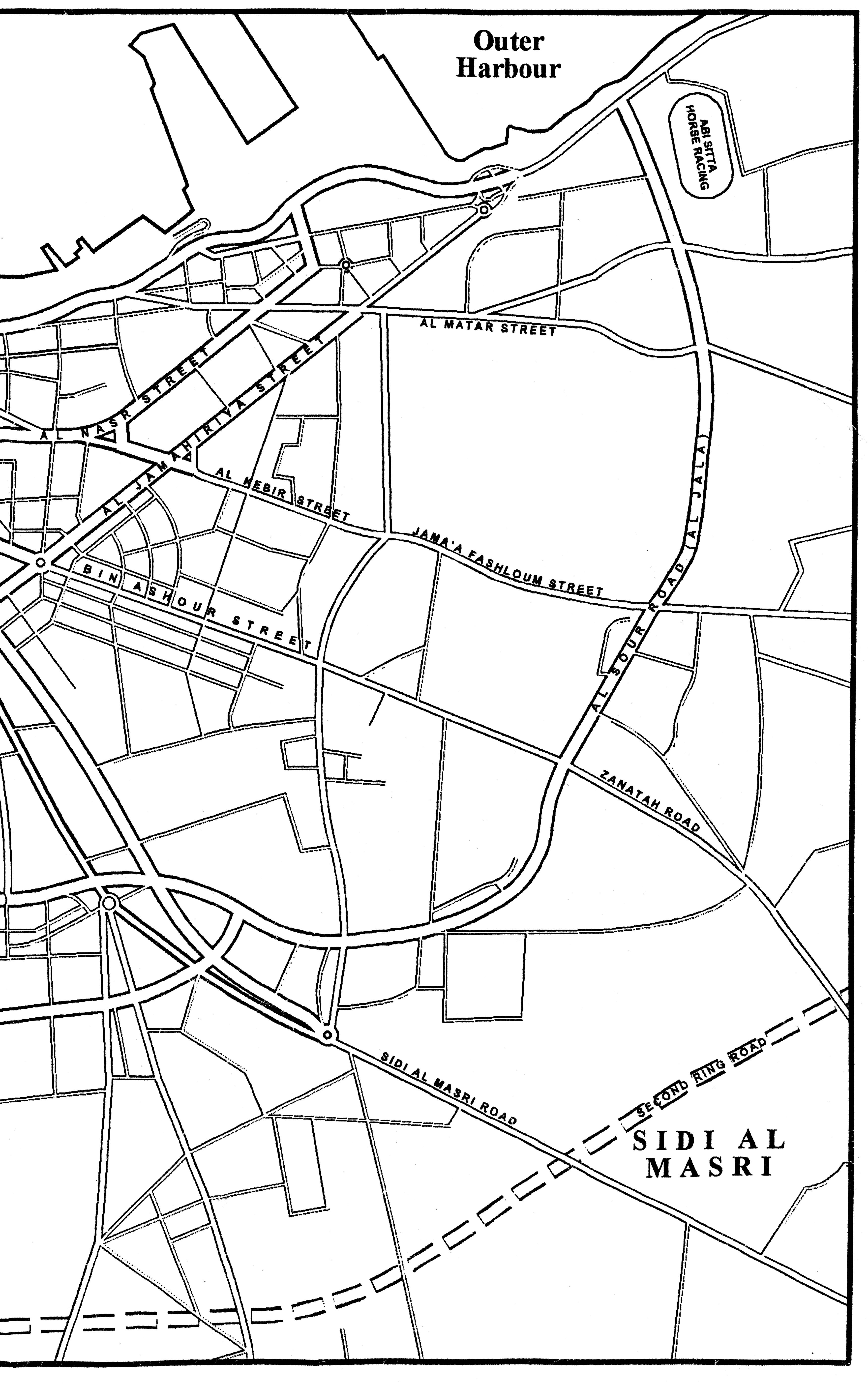
1 minute read
A brief history of Libya
from Libya
Any traveller in Libya will benefit from knowing something about the early settlers of this land and the various influences they had on it.
Archaeological research has revealed evidence of Palaeolithic (Early Stone Age) man in Libya. Exhibits in the Tripoli Museum include prehistoric remains demonstrating a progression of techniques from the Old to the New Stone Age. In southern Libya Stone Age rock paintings survive depicting the large game and small animals that were prevalent at the time.
The life of the early Libyans was similar to that of other primitive people. They hunted the animals of the desert, ate their meat, clothed themselves with skins and collected plants and berries. Arrows and stone knives have been found from the second period of the Stone Age.
In later years the Libyans started both to weave cloth and to breed domestic animals. Some Libyans continued their nomadic lifestyle, while others settled down in particular areas of the country. Around the Jebel Nafusa they built houses that consisted of holes five to six metres deep with several rooms excavated at the bottom and a sloping corridor leading down to them from the surface.
Caves were used as dwellings around the Jebel Akhdar area, and on the fertile plains houses were built from a mixture of earth and stones with roofs of palm fronds or branches used from other trees. In the desert the Libyans preferred to live in tents of skin or huts from branches of trees tied together with rope.
Herodotus, the Greek historian who lived in the fifth century





